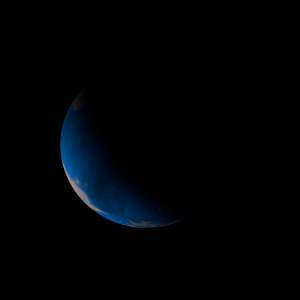|
|
Space Astro
|
Info for exoplanet "Gusho-gyo"
| Scientific (actual) data |
|---|
| Name | K2-28 b |
| Planet status | Confirmed |
| Radius | 0.207 |
| Orbital period | 2.26045 |
| Semi major axis | 0.0214 |
| Orbit eccentricity | 0 |
| Inclination | 88.9 |
| Discovered | 2016 |
| Updated | 2021-02-05 |
| Tconj | 2456980 |
| Tzero tr | 2456980 |
| Impact parameter | 0.36 |
| Temperature (kelvin) | 568 |
| Publication | Published in a refereed paper |
| Detection type | Primary Transit |
| Alternate names | EPIC 206318379, 2MASS J22222988-0757195 b, EPIC 206318379 b, EPIC 206318379.01, LP 700-6 b, WISE J222229.68-075721.8 b |
| Star name | K2-28 |
| Right ascension | 335.62° |
| Declination | -7.96° |
| Mag j | 11.695 |
| Mag h | 11.028 |
| Star distance | 63.11 |
| Star metallicity | 0.26 |
| Star mass | 0.26 |
| Star radius | 0.29 |
| Star sp type | M4 |
| Star temperature | 3214 |
| Star alternate names | EPIC 20631837, 2MASS J22222988-0757195, EPIC 206318379, LP 700-6, WISE J222229.68-075721.8 |
| Wikipedia article | K2-28 b |
Back
| |
| Fictional info (?) |
|---|
| Suggested name | Gusho-gyo |
| Planet type | Hot planet |
| The volume of water detected has been estimated to be equivalent to the volume of water in the Black Sea. |
| Atmosphere | Carbon dioxide | 49% |
| Ozone | 41% |
| Hydrogen | 4.4% |
| Sulfur dioxide | 2.2% |
| Helium | 2.1% |
| Ethane | 1.2% |
| Atmospheric pressure | 50 bar |
 |
| Moon | Gepyu-ju | Huge round ice asteroid |
| Hyoge | Huge round rocky planetoid |
| Google search for Gusho-gyo |
|
Website by Joachim Michaelis
|
|
|
|